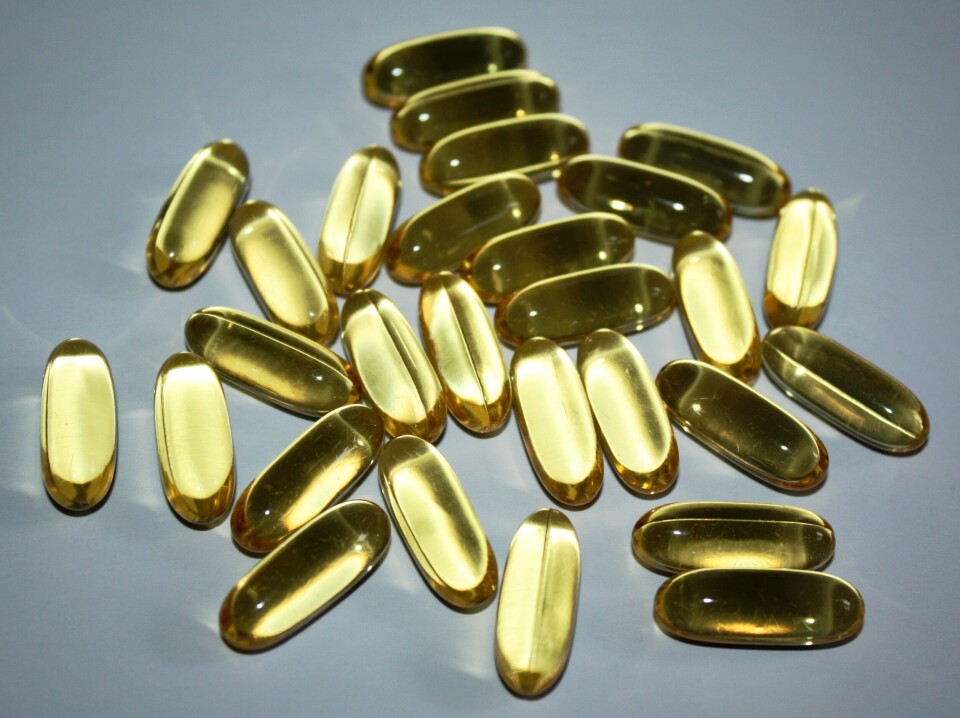
Mixed forecast for fishmeal and fish oil
In Peru, the second anchovy fishing season of 2014 was cancelled, which will likely impact Peruvian fishmeal processors’ earnings negatively in 2015. However, there is evidence that the anchovy biomass will recover before the first season in 2015, and as a result the market forecast for 2015 is optimistic.
Fish oil is still mainly consumed by trout and salmon farms, however direct human consumption is catching up drastically. Scientific research on alternatives to fishmeal and fish oil in the feed industry has made steps forward though scalability remains a challenge.
Up until June 2014, prices for fishmeal in international markets did not respond significantly to the anticipated supply shortage implied by the low anchovy catch in Peru. This quiet was broken shortly after the first anchovy fishing season in Peru was over in August. Indeed in October 2014, the FOB price for super prime fishmeal in Peru was recorded at USD 2,400 per tonne. High market prices were then further confirmed by the cancellation of the second fishing season. Prices of fish oil followed the same trend.
In anticipation that the anchovy biomass will recover, the markets seem to have consensus that the fishmeal and fish oil supply will return to normal levels for the year. As a result, starting in December 2014, prices for both commodities have gradually dropped.
According to a recent report from FAO Globefish, efforts to find alternative ingredients for fish feed never cease. Seaweed, mushrooms, beef tallow, cottonseed flour and wheat gluten are now alternatives on the top of the list. If soymeal prices did not demonstrate significant competitiveness in 2013 and early 2014, with the price ratio between fishmeal and soymeal staying at 2.8:1 to 3.6:1, the said ratio recorded at 4.2:1 in March 2015 should be much more convincing. Diversification and alternatives are the only solutions to the ever-growing demand for fishmeal and fish oil for the agriculture sector and direct human consumption.





















































